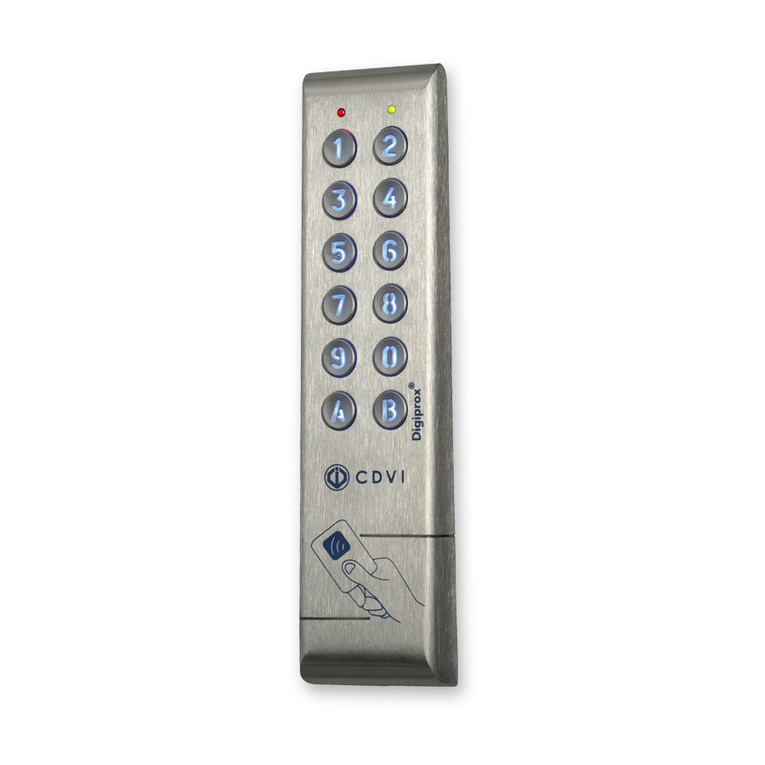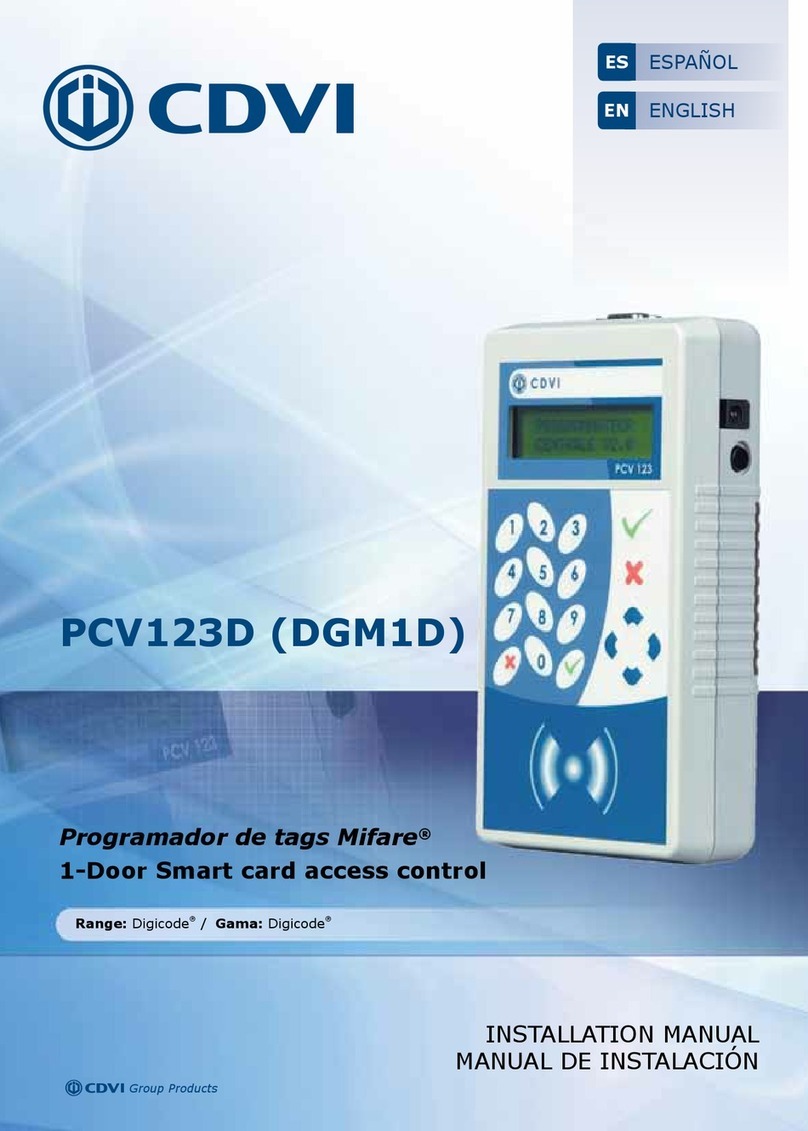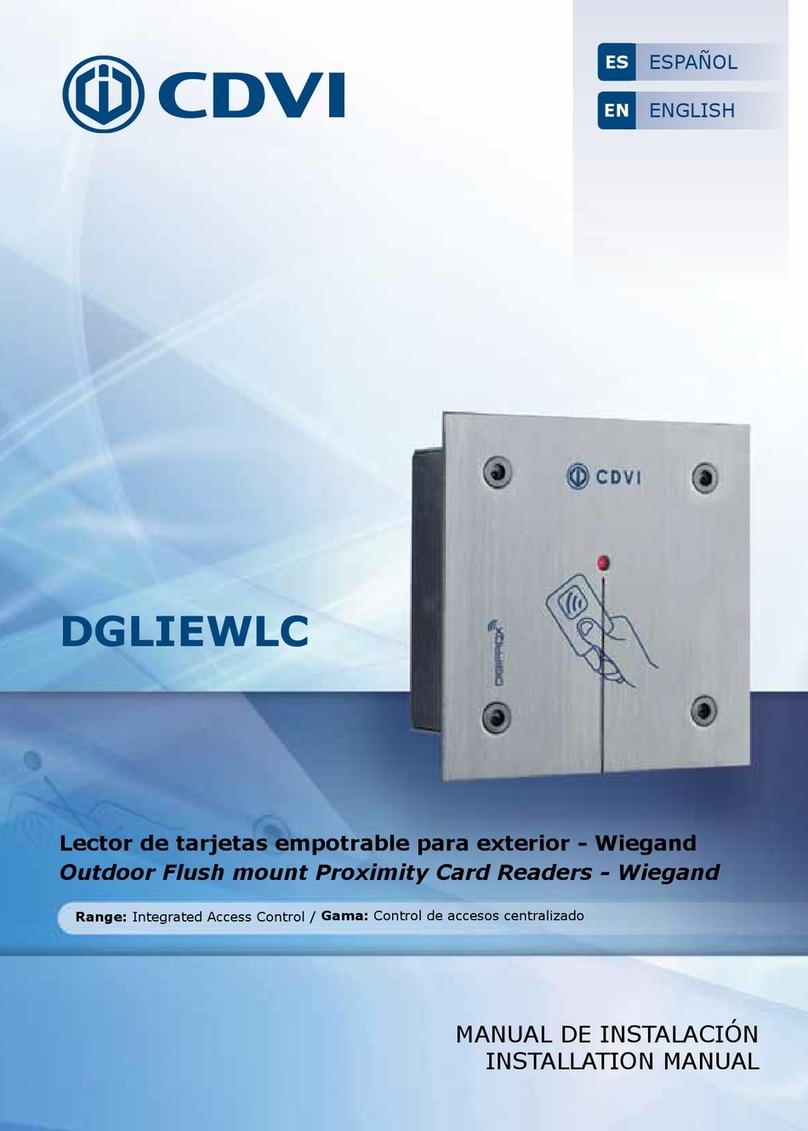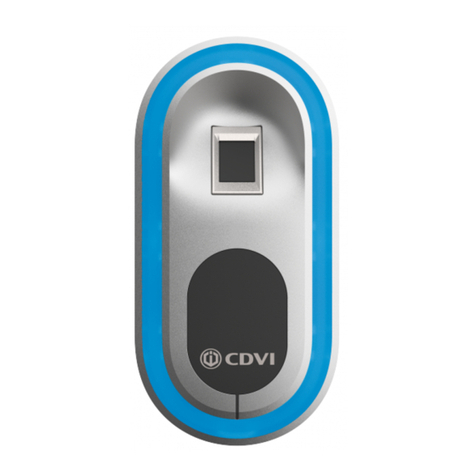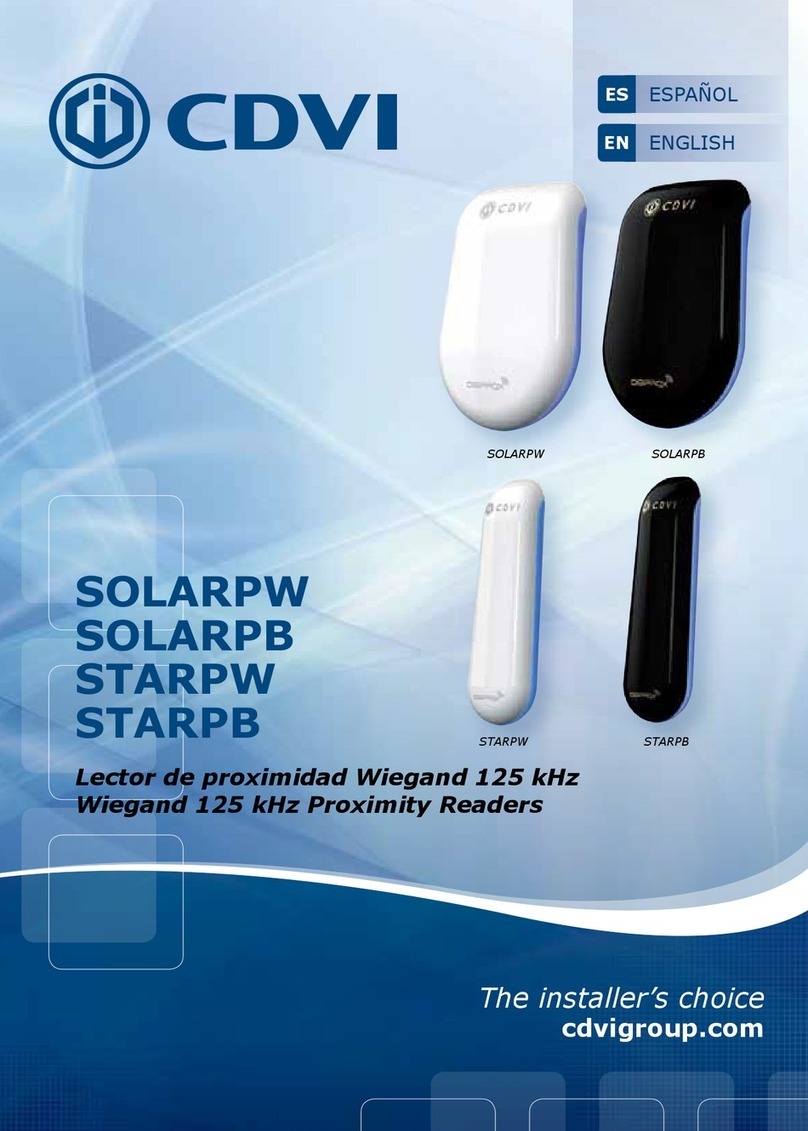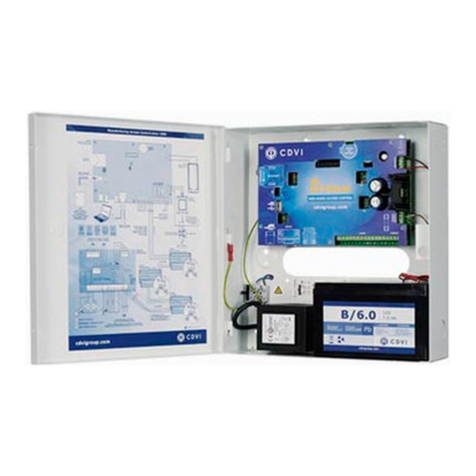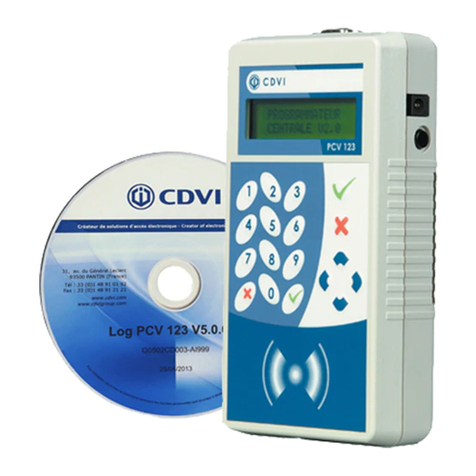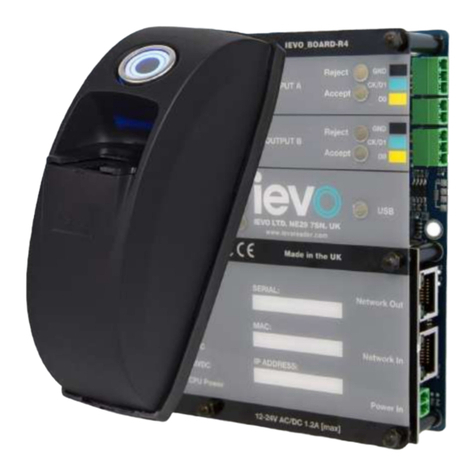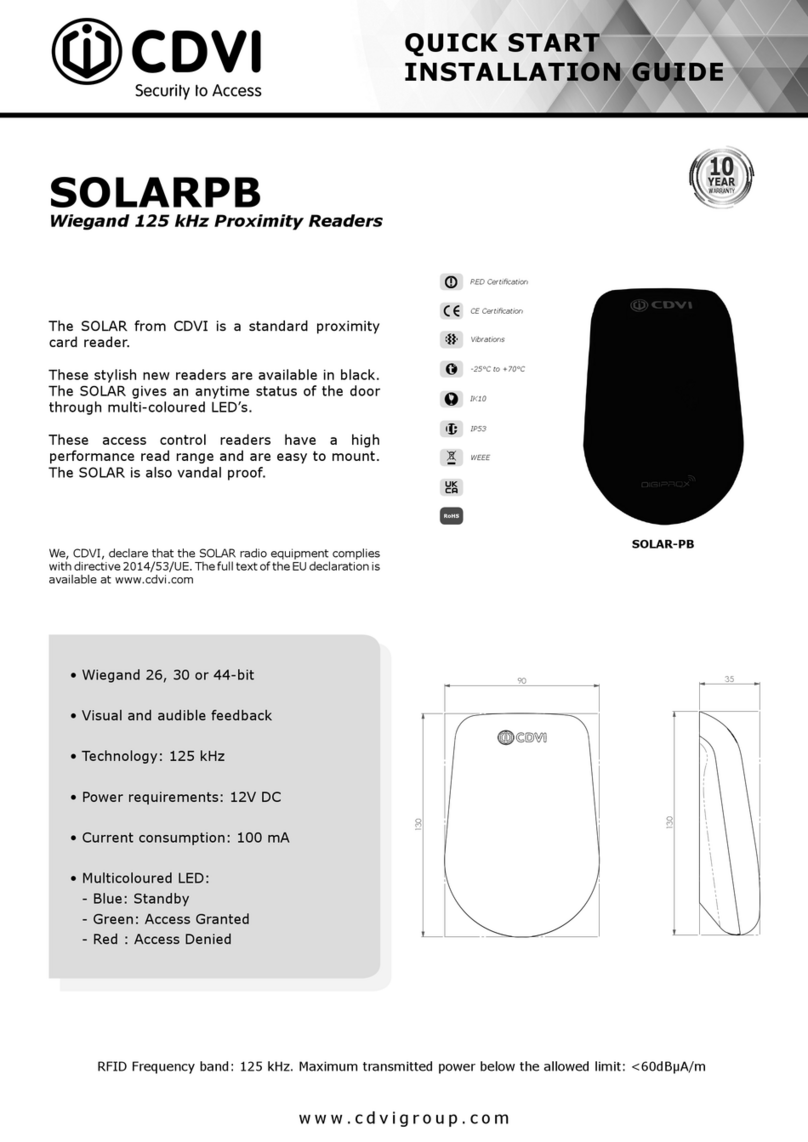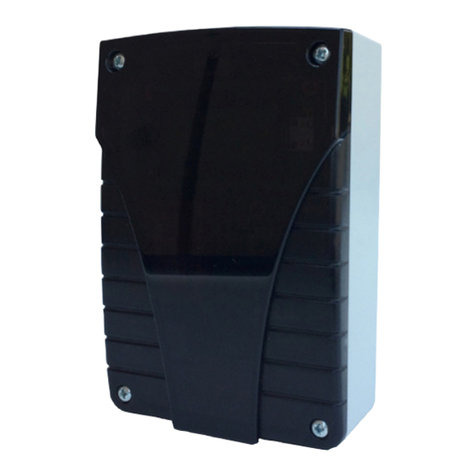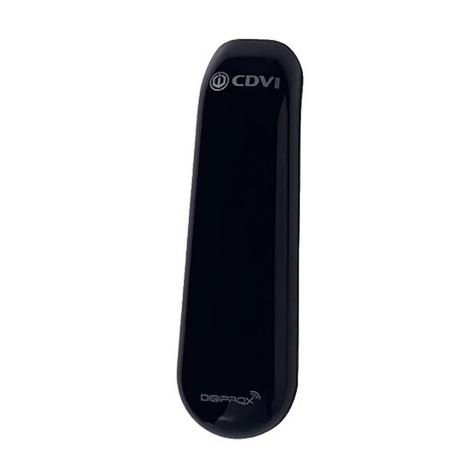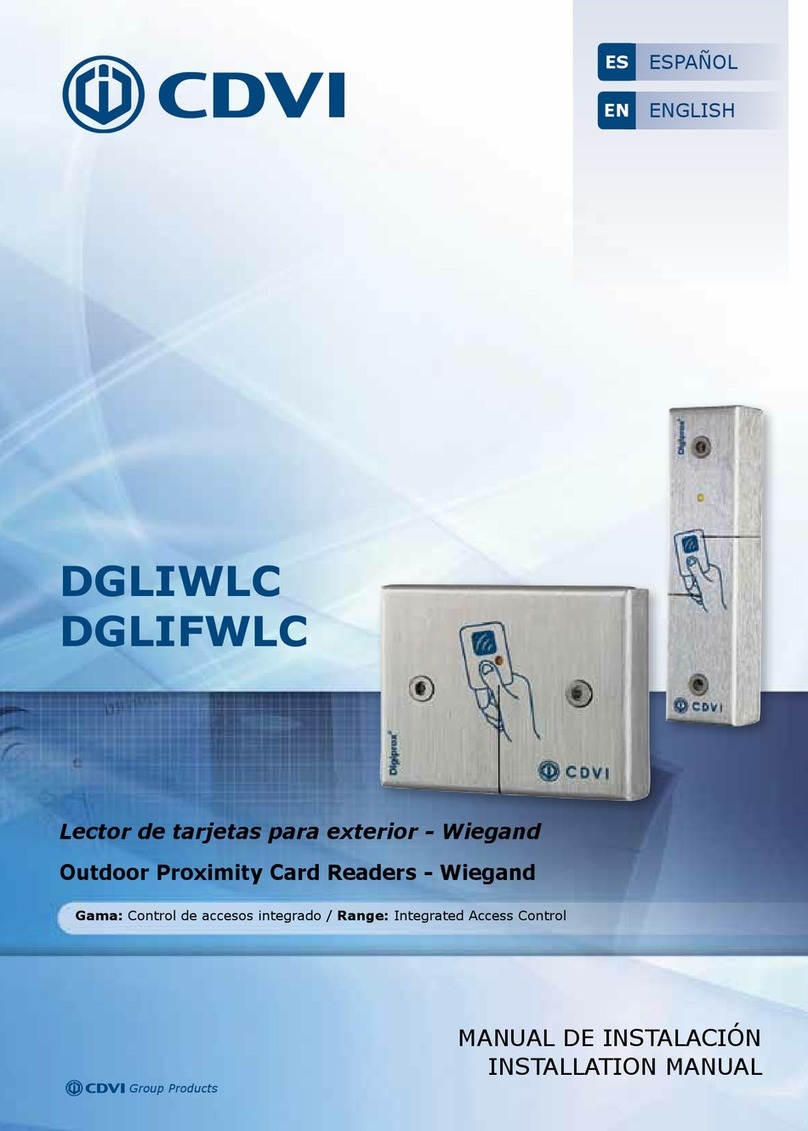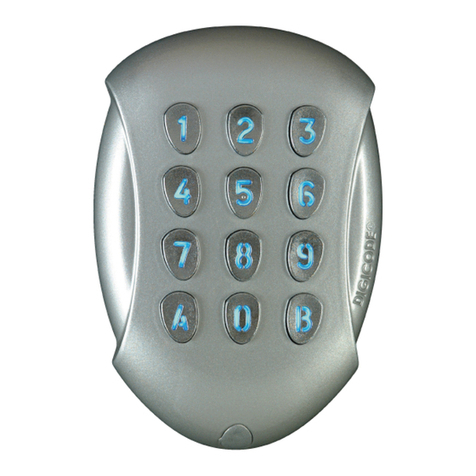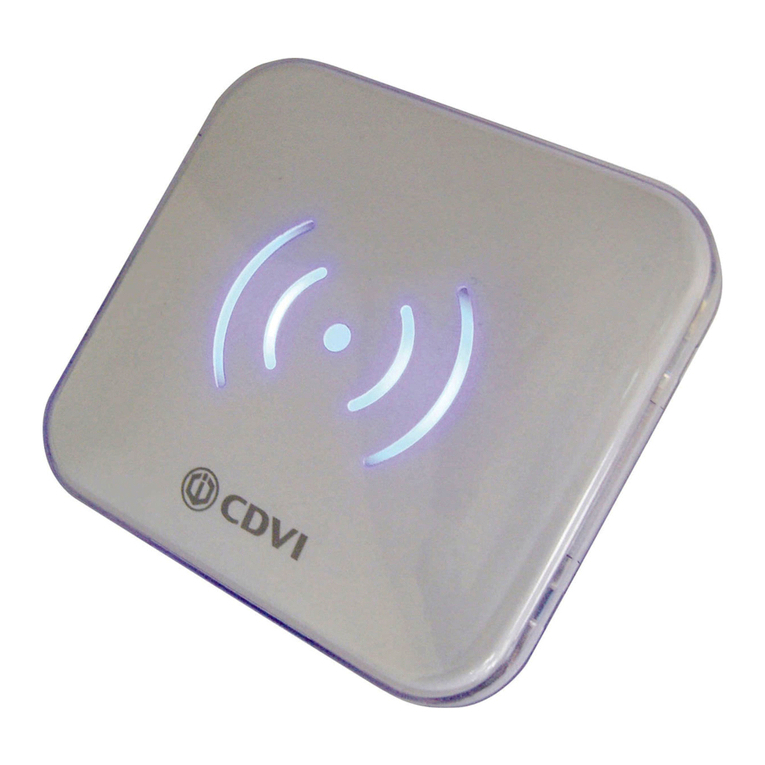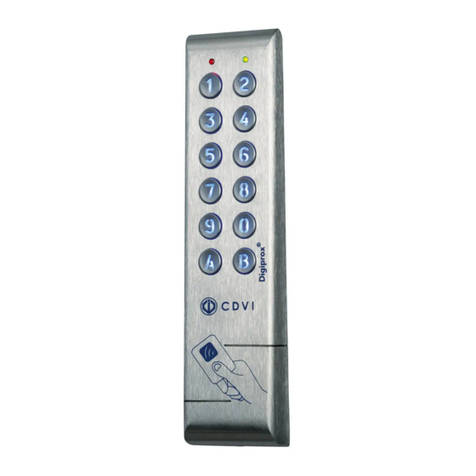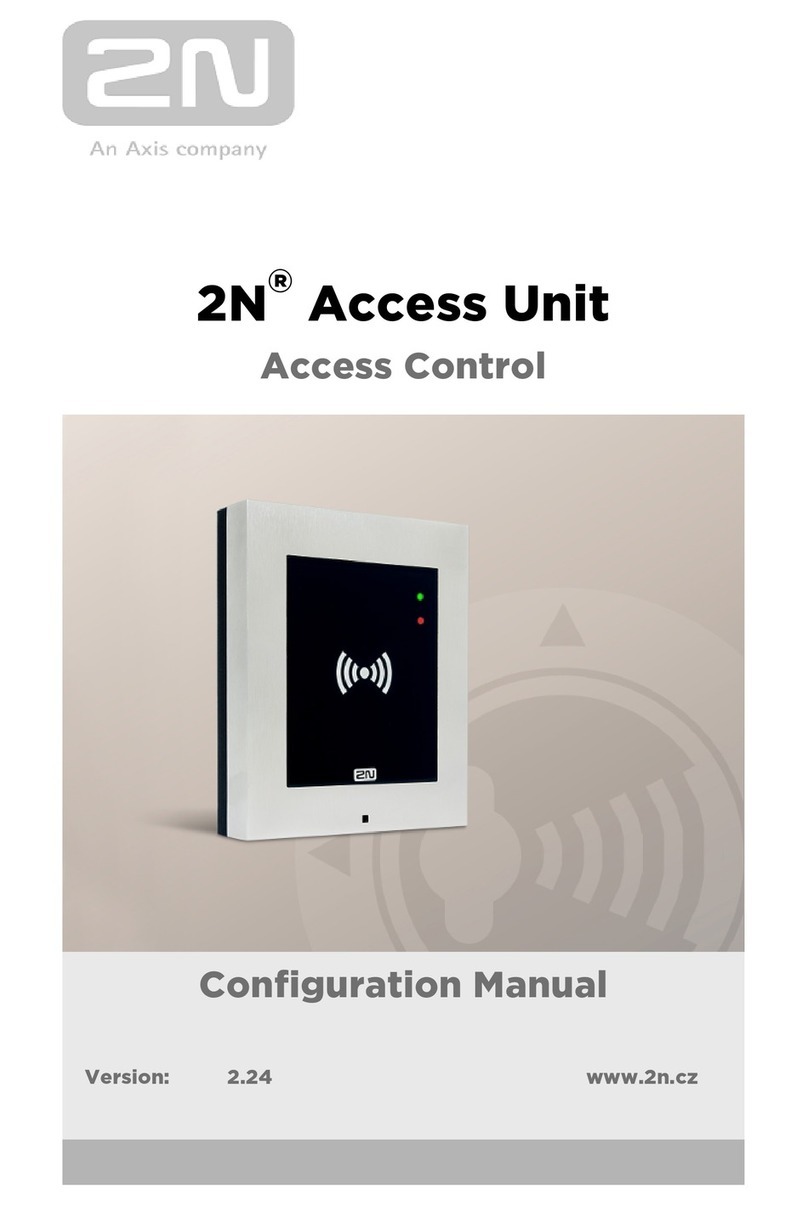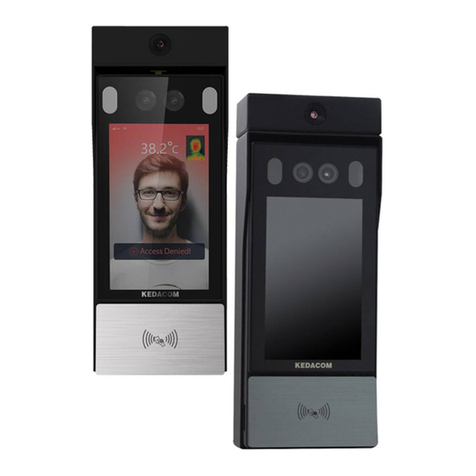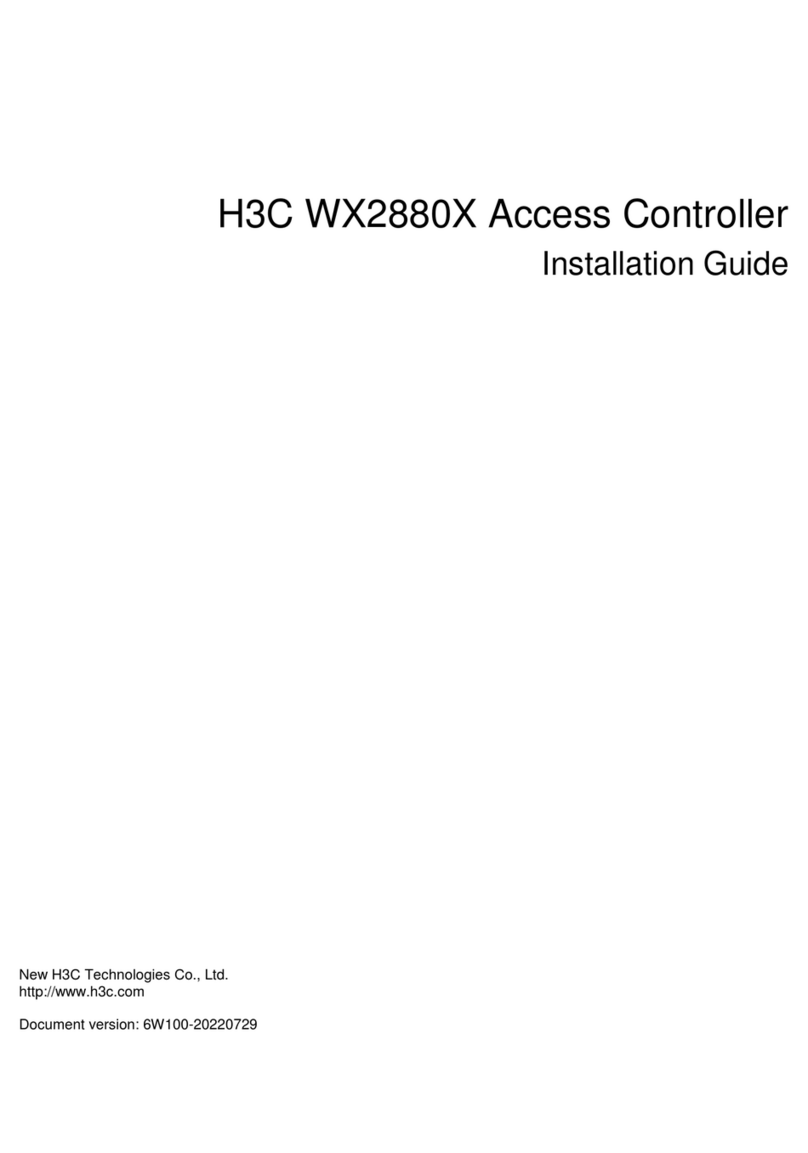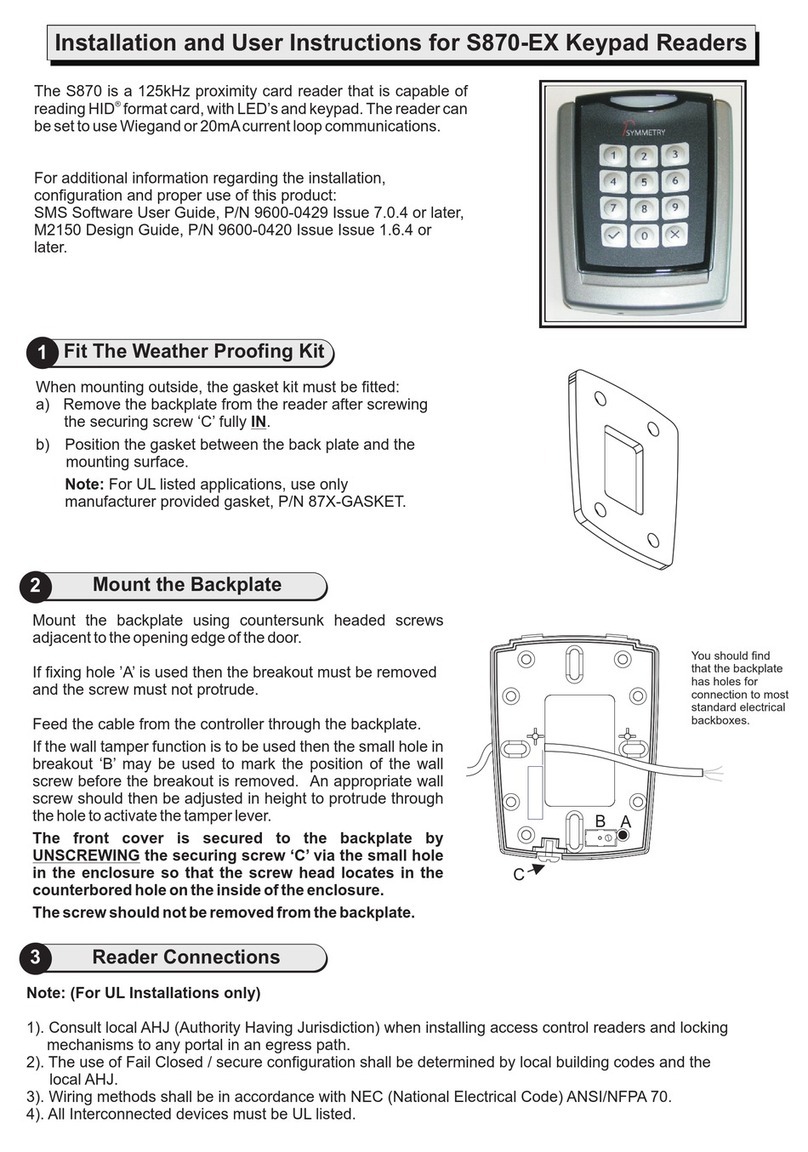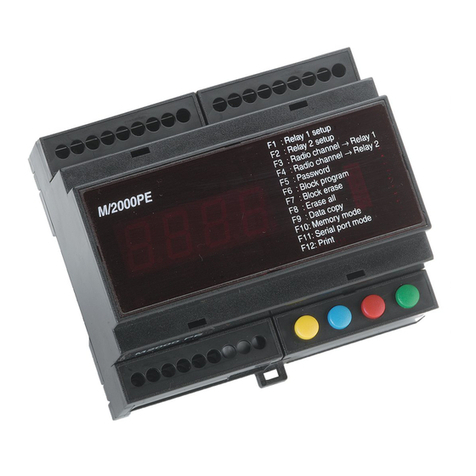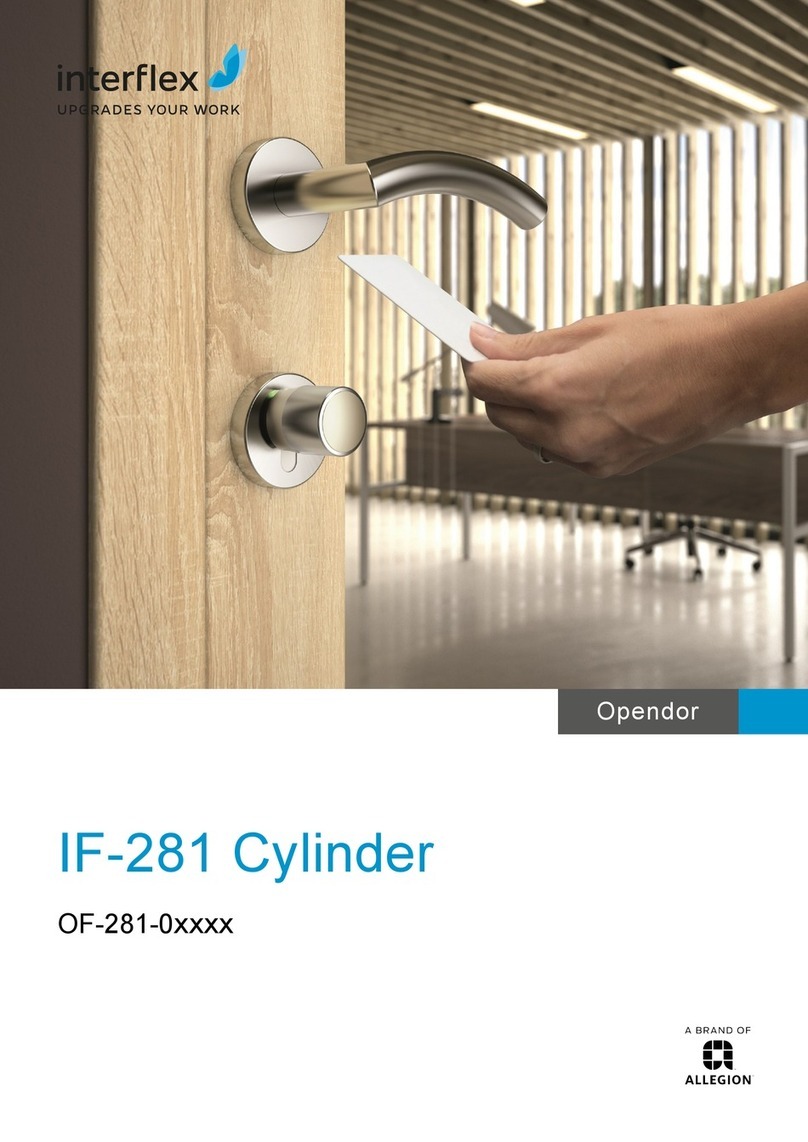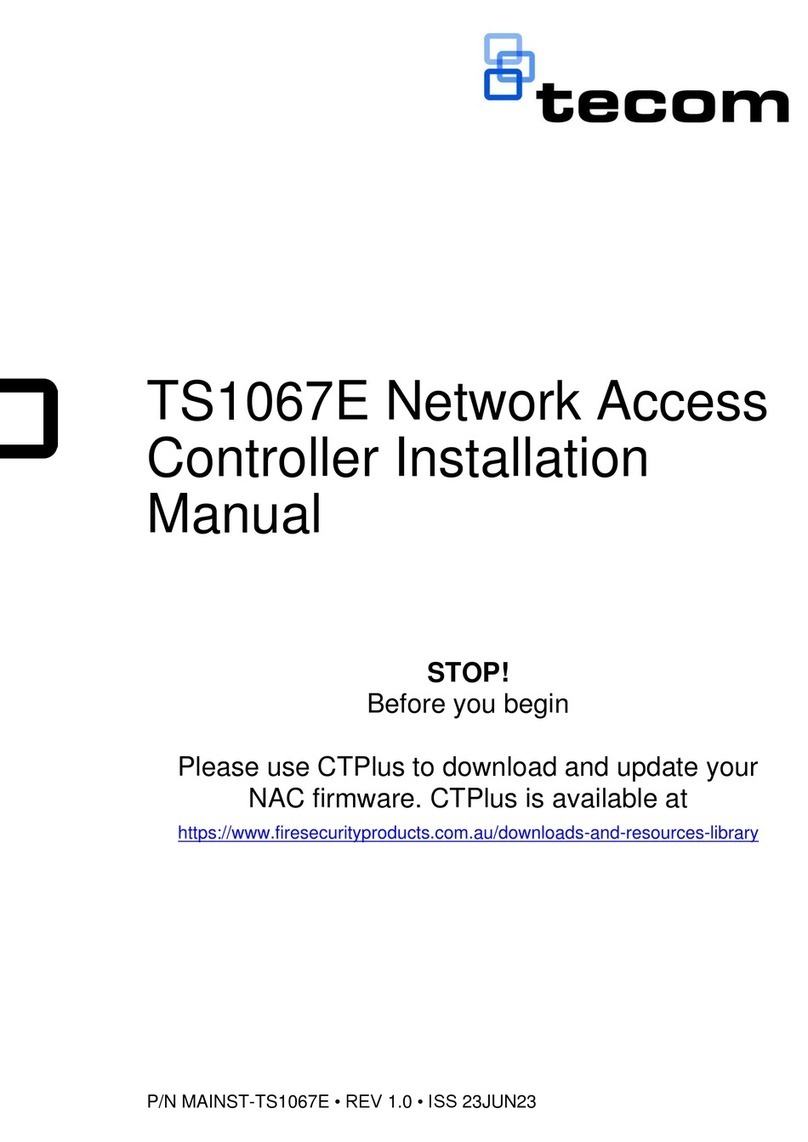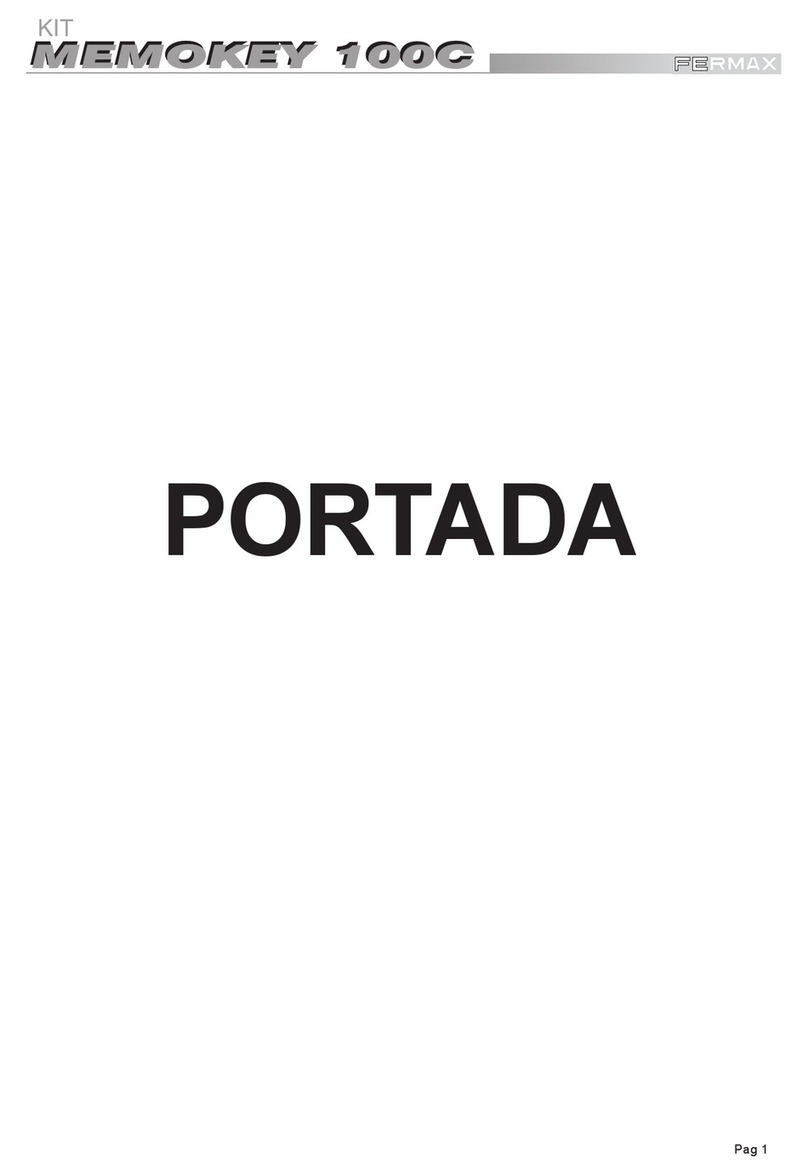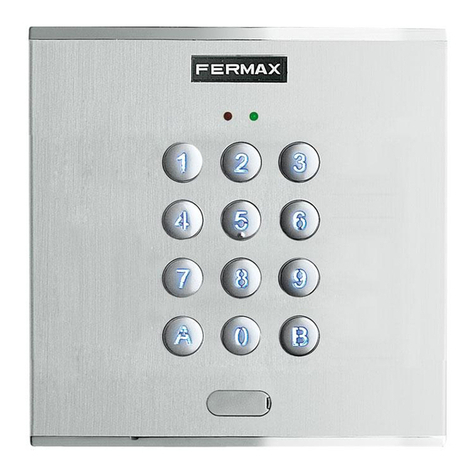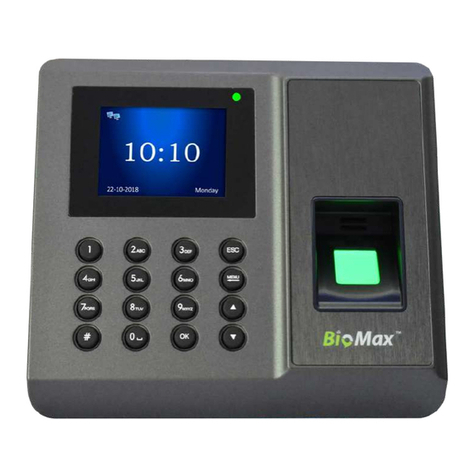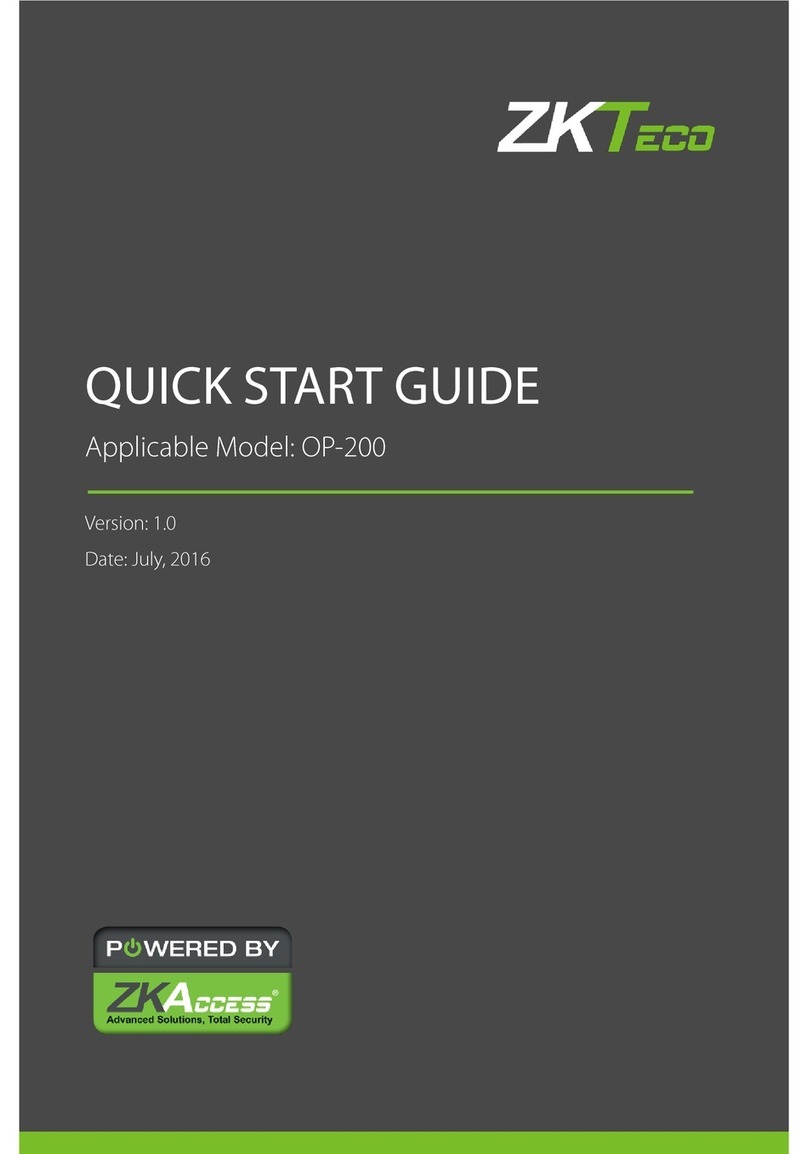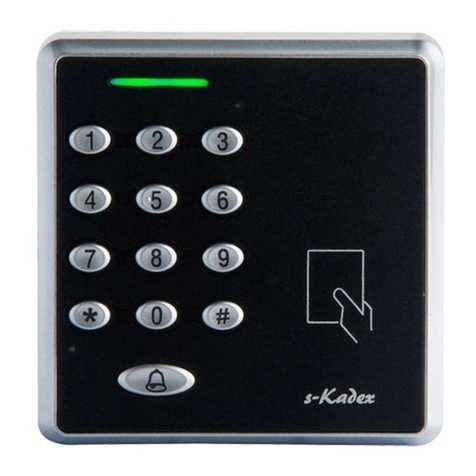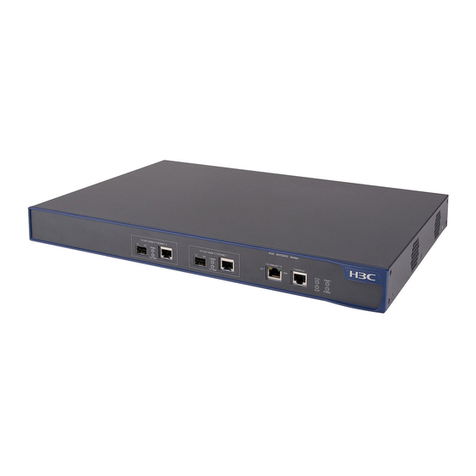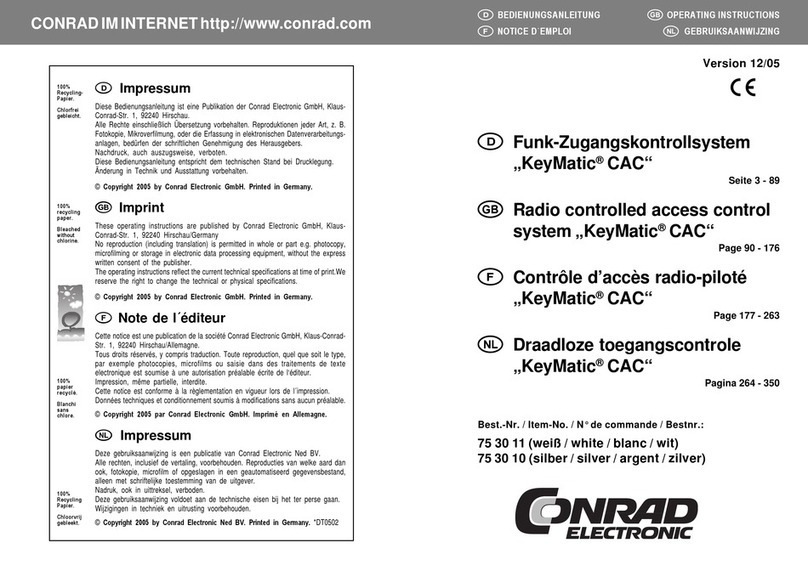
6cdvi.com
cdvigroup.com
Proximity Card Readers - Wiegand Output
Measure and mark the
center lines to deter-
mine the reader po-
sition. Drill the xing
screw holes (Diametre:
4MM for the mounting
plate and 6MM for the
reader). Drill the wiring
access area.
Insert the brass an-
chors in the mounting
holes, connect the cable
to the terminal block,
then fasten the reader
with the DIAX® screws
using the DIAX® span-
ner. Make sure that the
varistor is connected on
the lock (refer to page 2
«Recommendations»).
Measure and mark
the center lines to de-
termine the reader
position. Drill the xing
screw holes (Diametre:
4MM for the mounting
plate and 6MM for the
reader). Drill the wiring
access area.
Insert the brass an-
chors in the mounting
holes, connect the
cable to the connectors,
then fasten the reader
with the DIAX® screws
using the DIAX® span-
ner. Make sure that the
varistor is connected on
the lock (refer to page 2
«Recommendations»).
DGLIFWLC
Make sure that there are no pieces missing in the mounting kit. Get the right tools according to the
installation type (Drill, screw drivers, metre tape,...) and follow the mounting instructions of the reader.
DGLIWLC
CDVI warrants this product to be free from defects in material and workmanship, when it has been installed
in accordance with the manufacturer’s instructions and has not been modied or tampered with. Only product
recognized by CDVI to be defective should be returned under these warranty terms if accompanied
by an RMA (Return Material Authorization Number) provided by CDVI. CDVI, at its option, shall repair
or replace the defective product at CDVI premises or at any CDVI approved service center. This warranty
does not cover any damage due to accident, misuse, abuse or negligence. This warranty is valid only
if the product is registered, within 1 month from delivery to the nal costumer. To obtain full details of this
warranty and to register the product to commence the “Limited Lifetime Warranty”, complete the enclosed
registration card and return it, either by e-mail or post, to the relevant CDVI address or completion of the
on line registration at www.cdvigroup.com. Repair or replacement of the defective product is the exclusive
remedy. CDVI shall not be liable for any incidental or consequential damages arising from any defect in, or
malfunction of, its product. In no event the entire liability can not exceed the purchase price of the product.
The CDVI local country contact details can be found on line by visiting www.cdvigroup.com or on the back
cover of the installation manual.
EXCEPT AS STATED ABOVE, CDVI MAKES NO WARRANTIES, EITHER
EXPRESS OR IMPLIED, AS TO ANY MATTER WHATSOEVER, INCLUDING THE CONDITION OF ITS PRODUCTS,
THE TRANSPORTATION, THEIR MERCHANTABILITY OR FITNESS FOR ANY PARTICULAR PURPOSE.
*Refer to Limited Lifetime Warranty conditions
